SEO Case Study – How I Hacked #1 On Google Using SEOJet
A couple of months ago I posted a video of a case study on how I hacked page one of Google using SEOJet.
Since then I have gotten even better results, including almost all top 1 or 2 rankings on that page and I want to show you what I did to get there.
Oh yeah, and the #1 spot on Google for my main key phrase:
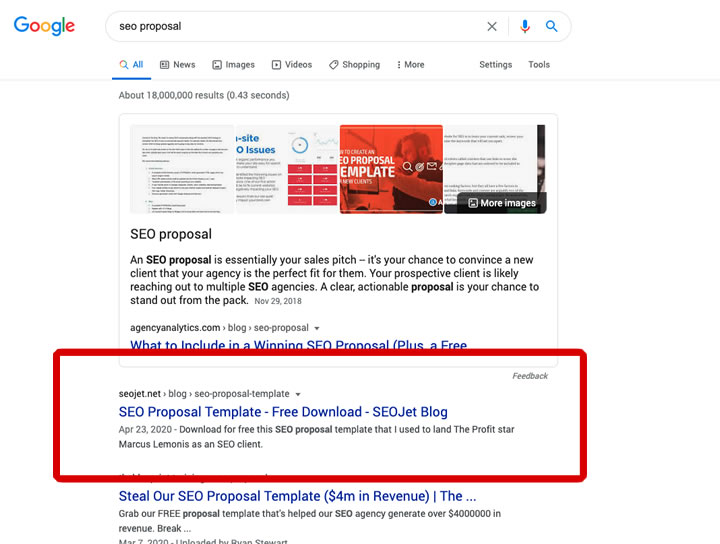
First, if you haven’t already watched the original 5 minute case study, you can watch it here:
If you didn’t watch the video this next part might not make much sense so please go back and watch it.
OK after my SEO Proposal power page made it to page one my new goal became getting the page to the top 3 of Google since that is where 70% of the clicks happen.
But I had built four or five exact match key phrases in a row and I was getting nervous that my profile would start to look unnatural so I backed off and built two backlinks that had no key phrase in the anchor text.
I used the anchors “from Adam White at SEOJet” and “get one from SEOJet” to establish more brand authority for this page.
My rankings didn’t really improve after these two links, they simply fluctuated around the bottom half of page one.
I also noticed that one of the top 10 results was from a blog post on Alexa.com’s blog. When I did a deep dive into their backlink profile I noticed that their gauges were basically the opposite of everyone else’s gauges in the top 10.
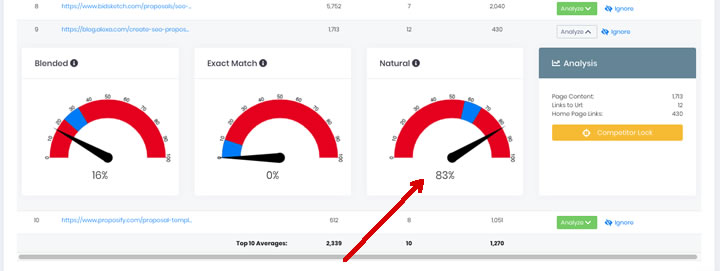
As you can see they were skewed very high toward natural anchors which was causing the top 10 average to shift away from getting more exact match anchors.
As they were in the bottom of page one I decided to ignore their data (by literally clicking the “Ignore” button on their listing”) and then recalibrate the top 10 average.

Once Alexa was ignored the new top 10 average gauges were showing an even higher number of exact match anchors was appropriate.
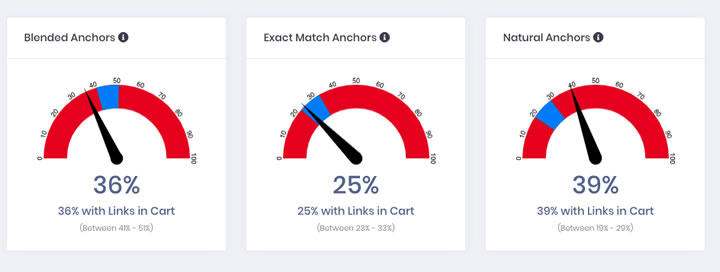
I immediately started building more exact match key phrases again.
As you can see from the gauges above I could have just focused on blended anchors but I hypothesized that because I have built good brand trust with Google, I could still be more aggressive with exact match anchors and build two links using the exact match anchor of my most important key phrase “SEO proposal”.
Then to round it out I built one more link using a long-tail exact match key phrase as the anchor “SEO proposal template free download”.
My theory there was if I wanted to do another exact match anchor I need to do something long-tail and that would keep me looking more natural.
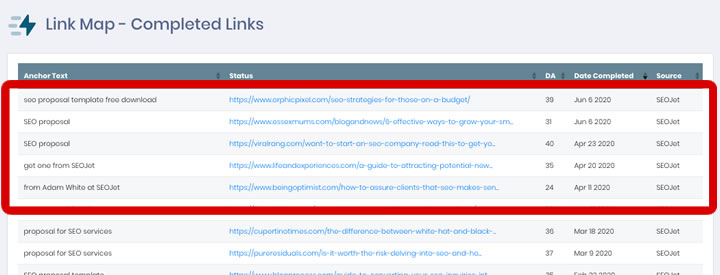
Those last two links went live about a month ago and I saw my rankings jump up and then actually drop back down a little. I don’t know when the new links were indexed so I’m not sure what caused the fluctuation.
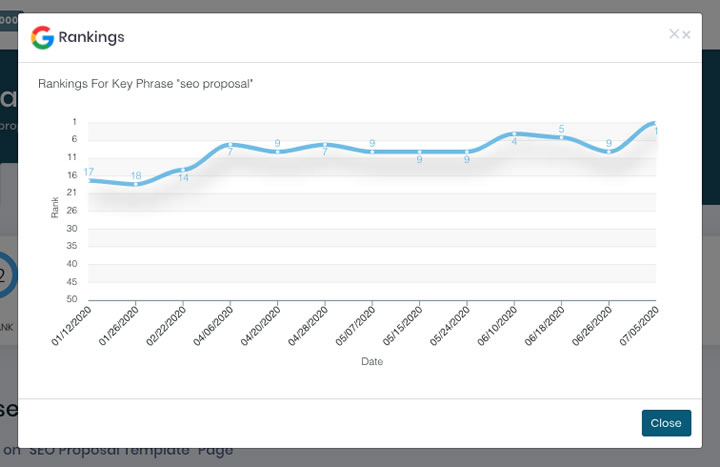
But just a few days ago all of my rankings made a big jump to this:
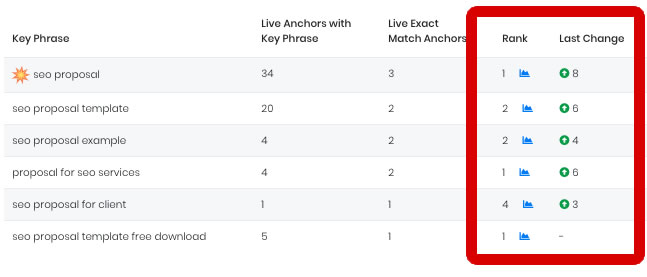
You can see from the snapshot above that all of my key phrases made big jumps. The most interesting thing about these rankings is that 7 of the last 9 backlinks I have gotten to this page are exact match anchors.
7 out of 9. That flies in the face of everything we thought we knew about SEO.
Just a couple of quick notes:
I truly believe that I would not have been able to get away with doing such a high percentage of exact match anchors without first establishing really good brand trust with Google. And I continue reaffirming that brand authority to Google all the time with new high-quality backlinks to my homepage using branded anchors.
I know there are people out there that will question what I have written here and say that other on-page SEO factors probably played a role. The only problem is that I haven’t done any on-page SEO since I published this page for the first time. All I did was build backlinks. So back off, backlink haters.
Also, as you can see from the snapshot of the links I built, all but one were at least DA30 and they all had at least 500 visitors per month of organic traffic from Google. In other words, these were high quality guest posts.
I am trying out this same backlink strategy on some other pages that have been stuck on the bottom half of page 1. I’ll let you know what happens.
What do you think about this SEO case study? Will these rankings hold? Have we cracked something in Google’s algorithm that they don’t want people to know? Is this the revival of the exact match anchor?
Let me know your thoughts in the comments below.
Want to see a demo of SEOJet? Click here to watch an instant demo of SEOJet.